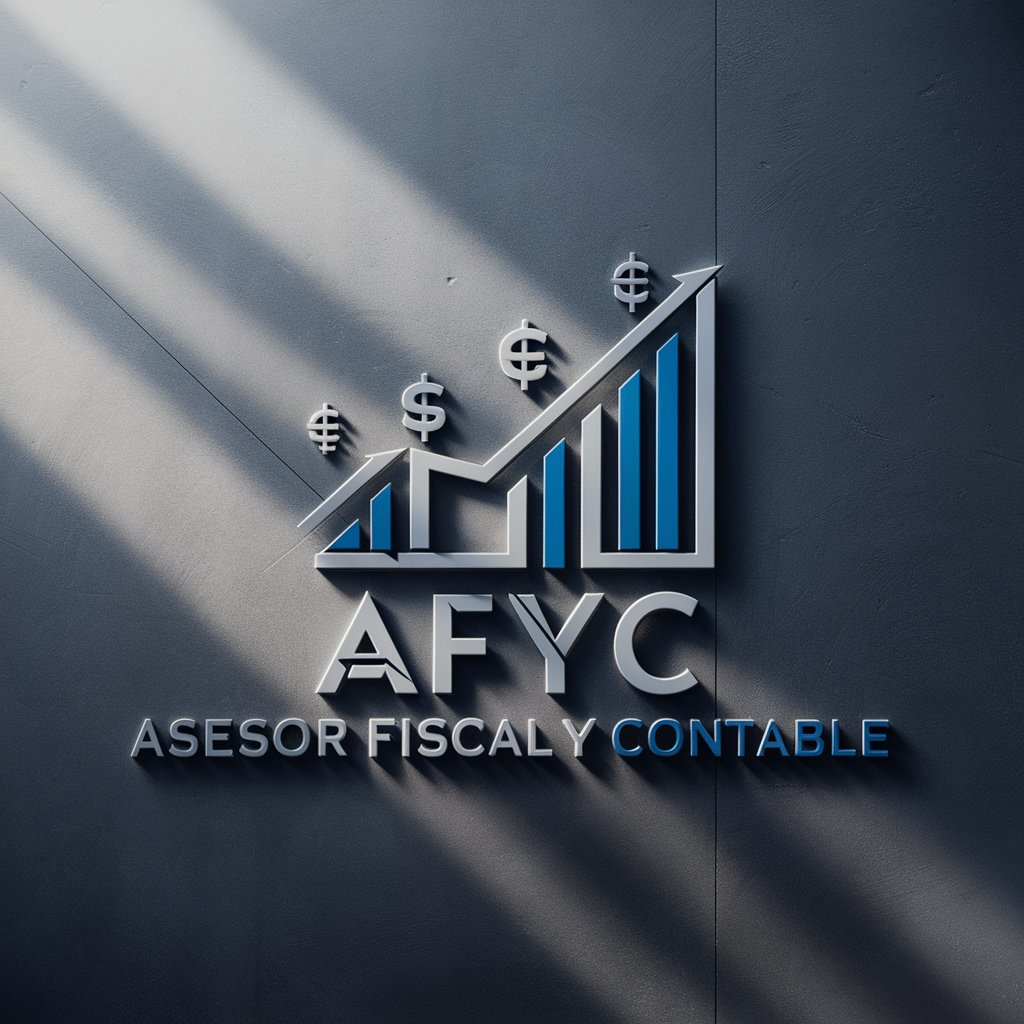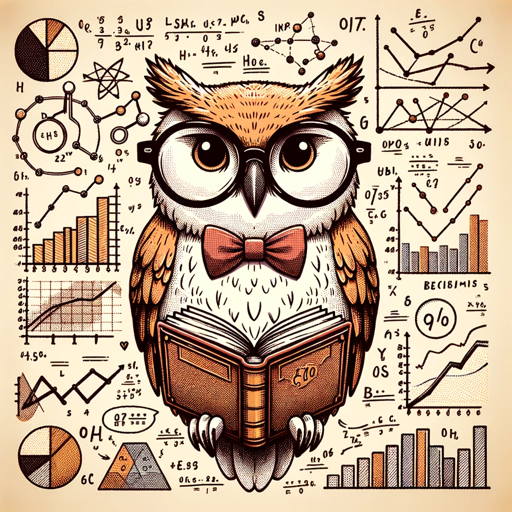
Microeconomics - Microeconomic Insights Tool

Welcome! Let's explore the world of microeconomics together.
Unlocking economic insights with AI
Explain the concept of supply and demand in simple terms.
How does consumer behavior influence market prices?
Describe the role of firms in a competitive market.
What factors affect individual consumer choices?
Get Embed Code
Introduction to Microeconomics
Microeconomics is a branch of economics that focuses on the actions of individuals and industries, like the dynamics between buyers and sellers, borrowers and lenders. It studies various aspects of economic behavior, detailing how individuals (or companies) reach decisions about what to sell, what to buy, how much to work, and how much to save. Microeconomics deals with the allocation of resources and the distribution of goods and services in the market. It examines how the interplay of supply and demand determines the price of goods and services, which in turn affects how resources are allocated in an economy. Examples of microeconomic analysis include examining how a decrease in the price of a commodity affects consumer demand, analyzing the impact of minimum wage laws on employment, or evaluating how price changes influence the supply of products from manufacturers. Powered by ChatGPT-4o。

Main Functions of Microeconomics
Analysis of Market Mechanisms
Example
Determining the equilibrium price and quantity of goods in a market.
Scenario
For example, microeconomics can explain how the price of rice is determined by the intersection of supply and demand in a market. It can show how external factors like weather conditions affecting crop yields can lead to changes in prices.
Consumer Behavior Analysis
Example
Understanding how consumers make choices about purchasing goods or services.
Scenario
An instance of this is analyzing how consumers decide between saving and spending based on their income levels, prices of goods, and their preferences. Microeconomics studies these decisions to understand consumer demand for various goods and services.
Cost and Production Analysis
Example
Examining how firms decide on the amount of goods to produce based on their costs of production and the market demand.
Scenario
This can be seen when a company evaluates whether to increase production of a popular product. The analysis would include costs of labor, materials, and other inputs, compared against the potential revenue from increased sales.
Market Structure Analysis
Example
Studying different types of market structures such as perfect competition, monopolistic competition, oligopoly, and monopoly.
Scenario
Microeconomics analyzes how the number of suppliers and the degree of competition in a market influence pricing and production decisions. For example, it explores how a monopoly (a single supplier) can influence prices compared to a perfectly competitive market (many suppliers).
Policy Impact Analysis
Example
Evaluating the effects of economic policies on individual markets and overall economic welfare.
Scenario
For instance, analyzing how a subsidy for renewable energy affects the market for fossil fuels. Microeconomics can assess the impact on consumer choices, prices, and the environment.
Ideal Users of Microeconomics Services
Students and Educators
Individuals studying or teaching economics can use microeconomic principles to understand and explain the behavior of consumers and firms, the impact of government policies, and the dynamics of various market structures.
Policy Makers and Economists
These professionals can apply microeconomic analysis to draft, evaluate, and implement policies aimed at improving market outcomes and economic welfare. Understanding microeconomic foundations is crucial for effective decision-making in economic policy.
Business Professionals and Entrepreneurs
Understanding microeconomics can help these individuals make informed decisions about pricing, production, and market strategies. It offers insights into consumer behavior and competitive dynamics, which are essential for business planning and development.
Consumers
While not traditional 'users' in a professional sense, consumers benefit indirectly from microeconomic analysis. By understanding the forces that affect market prices and availability of goods, consumers can make better purchasing decisions.

How to Use Microeconomics
Begin with a Free Trial
Start by visiting yeschat.ai to access a free trial of Microeconomics without the need for logging in or subscribing to ChatGPT Plus.
Identify Your Needs
Determine what aspect of microeconomics you're interested in, such as consumer behavior, market structures, or production and costs, to make the most of the tool.
Explore Features
Utilize the tool's features for analyzing market dynamics, understanding economic theories, or getting help with academic assignments related to microeconomics.
Engage with Content
Ask specific questions or present scenarios to get detailed explanations, insights, or illustrations on microeconomic concepts.
Review and Apply
Review the provided analyses and apply them to your studies, research, or real-world economic situations for a deeper understanding.
Try other advanced and practical GPTs
Scrollstopper
Turn Scrolling into Stopping

Virtual Legal Assitant
Empowering Justice with AI

Stock Analysis GPT | 美港股投资交易分析
Empower Your Investment Decisions with AI

Rédacteur Newsletters
Craft Engaging Newsletters with AI

Taiwanese Defense Assistant
Empowering Defense Knowledge with AI

Groww Greens
Cultivate your garden with AI-powered guidance.

文案
Crafting Quality Content with AI Precision

TOEIC Test Creator
Empower Your TOEIC Prep with AI

Finance
Empowering Financial Decisions with AI

한중 번역 전문가
AI-powered Korean-Chinese Translation

Asesor Fiscal y Contable
AI-powered Spanish Tax and Accounting Advisor

High School Volleyball
Empowering Volleyball Enthusiasts with AI

Microeconomics Q&A
What is consumer surplus and how is it calculated?
Consumer surplus represents the difference between what consumers are willing to pay for a good or service and what they actually pay. It's calculated by finding the area under the demand curve and above the price level for the good or service in question.
How do firms determine the optimal level of production?
Firms determine the optimal level of production by analyzing the point where marginal cost equals marginal revenue. This is where the cost of producing one additional unit is exactly covered by the revenue it generates, maximizing profit.
What role do price elasticities play in market analysis?
Price elasticities measure how sensitive the quantity demanded or supplied of a good is to a change in its price. They are crucial in market analysis for determining potential changes in revenue, pricing strategies, and the impact of market shifts.
Can you explain the concept of market failure?
Market failure occurs when the allocation of goods and services by a free market is not efficient, often leading to a net social welfare loss. Examples include externalities, public goods, and information asymmetries.
How does game theory apply to microeconomics?
Game theory explores strategic interactions among rational decision-makers. In microeconomics, it's used to model behaviors in competitive situations like oligopolies, bidding auctions, and negotiation processes, predicting outcomes based on players' strategies.





